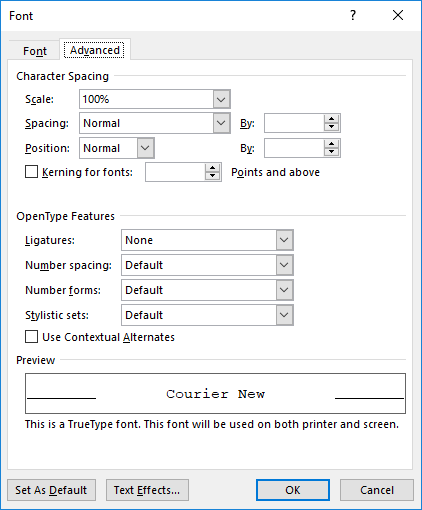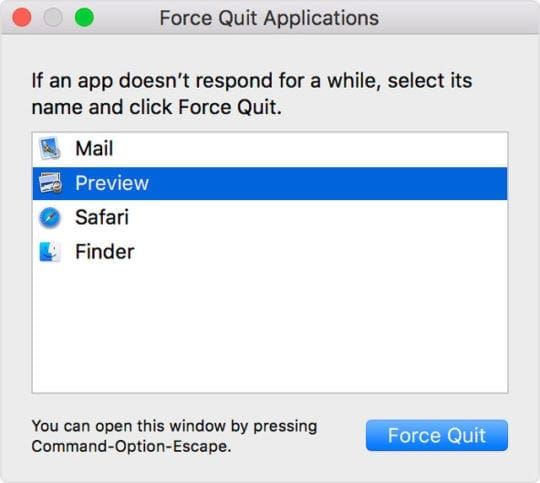

- #Excel version 15.4 for mac not recognizing tabs in text how to
- #Excel version 15.4 for mac not recognizing tabs in text manual
csv format has been around for a long time and is unlikely to go out of fashion soon. csv format is simple and can be read even with basic text editors. csv file are, here are the reasons why it’s better to save data in. xlsx files, the recommended strategy was to use a much simpler file format: comma-separated values, also known as. The most common R data import/export question seems to be ‘how do I read an Excel spreadsheet’… The first piece of advice is to avoid doing so if possible!
#Excel version 15.4 for mac not recognizing tabs in text manual
Here’s a quote from the official R manual at : xlsx wasn’t considered to be the best R practice. We’ll take a look at readxl in Section 24.4. There are some R packages that can help us import data directly from the native file formats of these programs (e.g.xlsx for Excel). Cartoon by Ron Morgan (Search ID: rmon2730), reproduced from with permission. 30.1.16 Changing the “ dim()” attribute of an arrayįigure 24.1: “The written book will be brought forth, in which all is contained, from which the world shall be judged” (Dies Irae, 13th century, author unknown).30.1.15 Fixing a bug when working with random submatrices.30.1.10 is.-functions applied to missing values.30.1.9 An alternative implementation of the boxcar function.29.5.14 General regular expression wisdom.

#Excel version 15.4 for mac not recognizing tabs in text how to
29.5.7 How to make special characters literal.

29.5.4 Patterns at the start and end of a word (instead of a string).29.5.3 Search for patterns at the end of a string with $.29.5.2 Search for patterns at the beginning of a string with ^.29.4 Substituting characters and patterns.29.3 Searching with grep() for strings that match a pattern.29.2.1 Extracting substrings with substring().29.1 Importing non-spreadsheet data into R.26 Working with data frames using the dplyr package.24.8 Remove row names from write.csv() with row.names = FALSE.24.3 Importing non-csv tabular plain text data.24 Importing and exporting data from Excel and.23.4 By default, ame() converts character vectors into factors.23.3 Data frames permit matrix-style operations.23.2 Data frames are special kinds of lists.22.9 “Flattening” a list so that it becomes a vector.21 Visualizing matrices: multiple-line and bar plots.19.12 Matrices don’t need to be numeric.19.11.1 Solving linear equation systems.19.11 Applications of matrices in Linear Algebra.19.10 Getting and setting diagonal elements with diag().



 0 kommentar(er)
0 kommentar(er)
